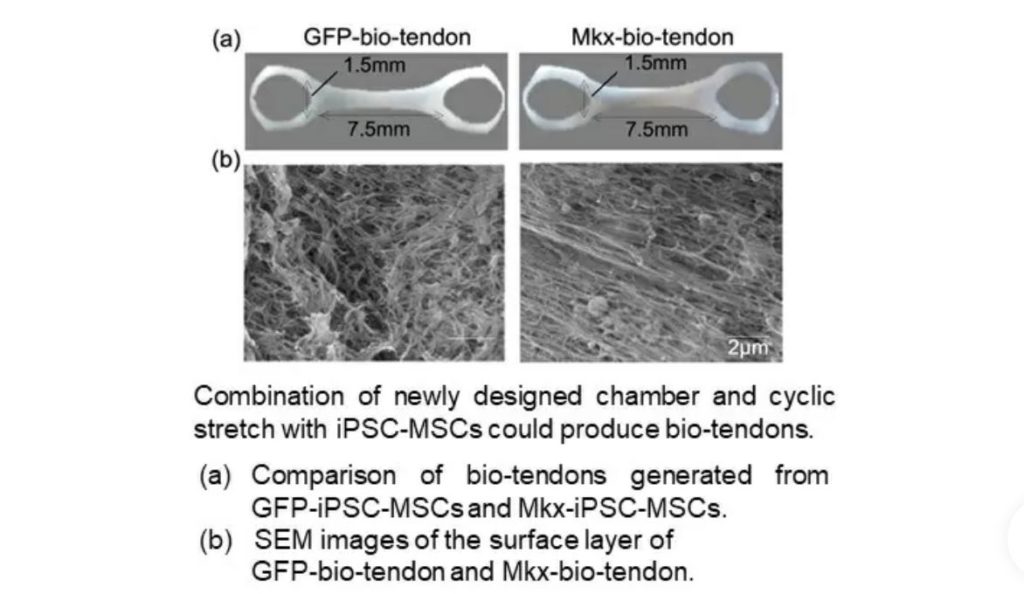
Researchers develop artificial tendons in vitro from human stem cells that could fix common tendon injuries such as Achilles tendon rupture. Tendons are tissues that connect muscles to bones and are important for movement and locomotion. Injuries to tendons are quite common, with millions of people — particularly athletes — affected worldwide, and can often take many months to recover from, significantly impacting quality of life. Furthermore, while many options for treatment exist, none of them are perfect cures and many result in pain, immunogenicity, or long-term treatment failure. Therefore, a novel therapeutic strategy for tendon repair is needed.
In a study published in the Journal of Tissue Engineering in January 2022, researchers from Tokyo Medical and Dental University (TMDU) have successfully induced human stem cells to create artificial tendon-like tissue that mimics tendon properties and offers significantly improved tendon reconstruction in a mouse tendon-rupture model.
Human induced pluripotent stem cells, or hiPSCs, are special stem cells that can be derived from any adult cells and can be differentiated into any specialized cell-type. “Using hiPSCs with Mohawk (Mkx), we could produce artificial tendon tissue.” explains Hiroki Tsutsumi, lead author of the study. Mohawk is a transcription factor that promotes the expression of genes involved in tendon-formation and thus drives differentiation of stem cells into tendon cells. These Mohawk-expressing stem cells were then put in a specialized 3D culture system that exerts mechanical force on the cells while they are growing. This simulates the conditions for tendon development and enhances the cell alignment and organization, allowing them to create tendon-like tissues.
Next, the research team tested the artificial tendon in a mouse model of tendon rupture. The results were exciting. Six weeks after the implantation, the artificial tendon had similar mechanical properties to a normal undamaged mouse tendon. In addition, the implanted tendon-like tissue was able to recruit and mobilize tendon cells from the host that can further participate in the repair process. This confirmed a good integration of the tissue.
“We demonstrated that the bio-tendons derived from human induced pluripotent stem cells have similar mechanical and biological properties to normal tendons and can be fully integrated relatively quickly after a transplant surgery in a mouse model, making them an attractive strategy for clinical application in tendon injuries. The next step towards clinical translation would be to test them in large animal models to assess their capacity as a biomaterial on a larger scale,” concludes Hiroshi Asahara, lead author of the study. These promising results suggest that a novel medical strategy for tendon repair may be clinically available in the future. https://www.tmd.ac.jp/english/press-release/20220127-1/







Recent Comments